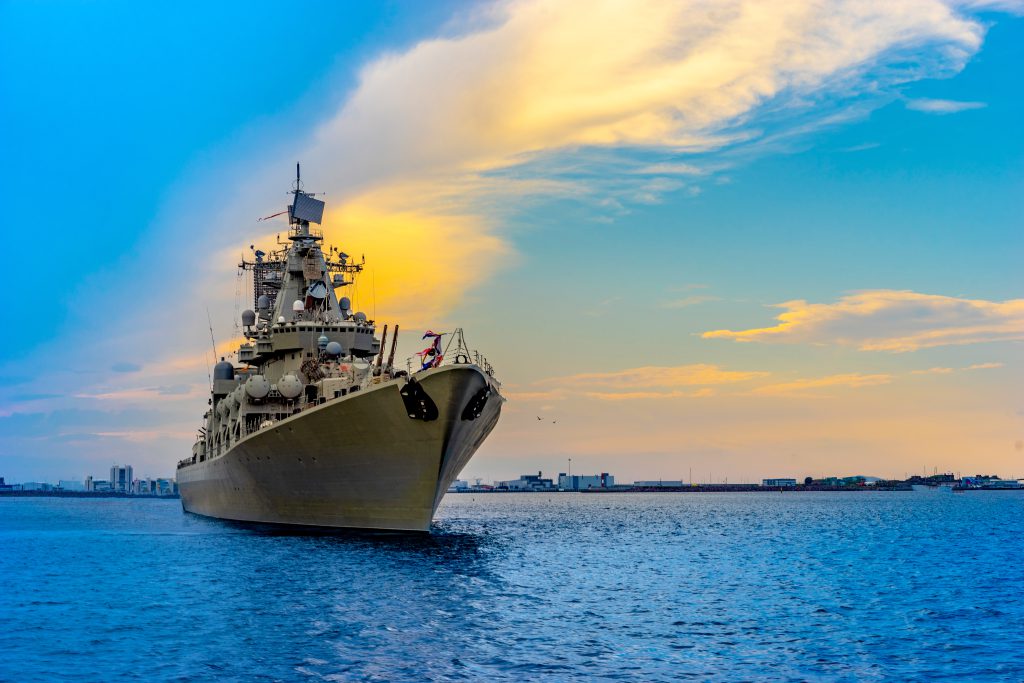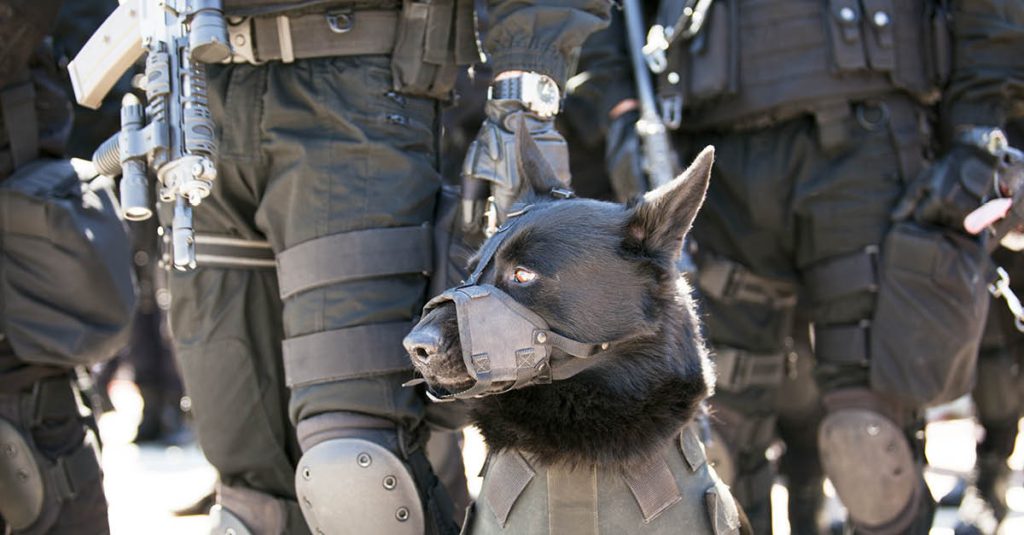“Across the globe, asymmetric warfare at sea is gaining traction in military doctrines”, says an executive at TAR Ideal’s Maritime Departement
“The sea has always presented historical challenges and will continue to do so in the 21st century. Meanwhile, traditional naval warfare continues to be relevant today. The classic standoff entails two battleships approaching each other, and the first to shoot, hit, and sink the other battleship, is deemed victorious. Over the decades, primitive cannons evolved into accurate missiles, submarine torpedo’s became more & more sophisticated, and large state-of-the-art fleets were built. But the principle remains the same: a one-on-one confrontation between two more-or-less symmetrical rivals. This is the essence of naval warfare”, says an executive at TAR Ideal’s Maritime Departement.
“To achieve sea control, naval powers such as the United States, China, and Russia are investing in larger fleets. But worldwide asymmetric warfare at sea is gaining traction in military doctrines”.
In asymmetric naval warfare, two adversaries face off at or from the sea, where one has a significant advantage over the other in quantity, quality, combat doctrine, or technology. The weaker side usually uses asymmetric methods and capabilities to challenge the stronger side’s maneuvering, warfighting, and command and control capabilities; this allows the more vulnerable side to offset their foe’s conventional superiority.
“This is not a new phenomenon”, says the executive, “It dates back to before the Second World War. There hasn’t been a significant change since a small vessel carries explosives and ram into a battleship while the operator jumps into the water at the last moment. There’s nothing complicated about it, and yet the potential damage is enormous in comparison to the insignificant resources invested by the attacker. A later evolution of these explosives vessels led to the introduction of weaponized unmanned surface vessels (USVs)”.
“In the current conflict, the Ukrainian navy adopted asymmetric warfare tactics. In October 2022, Ukrainian USVs launched kamikaze attacks on the Russian Black Sea Fleet in and around the Sevastopol naval base, the main Russian base in the region. Battleships of the Russian Navy were damaged by Ukraine’s attack and were caught off guard”, says the executive.
“Ukraine’s Navy is undersized and outdated. For this reason, its leaders have adopted an asymmetric warfare strategy. They discovered the weakness of the Russian Navy. There is a lesson for other armies here. It takes billions of dollars and years to build a large navy fleet. Today, you can use your asymmetric warfare capabilities to harm the world’s most impressive fleets, with very limited resources and high-accuracy capabilities”.
“A Navy doesn’t need an aircraft carrier to destroy another aircraft carrier. Asymmetric naval warfare uses a variety of weapons and techniques, including kamikaze USVs, mines, commando operations, and sabotage. Unmanned surface vessels, in particular, can attack simultaneously in swarms and are undetectable to radars at long ranges”.
“Armies can maintain and upgrade large navies, but asymmetric naval warfare offers new tactical solutions. Fifteen years ago, you couldn’t attack a battleship with 50 Unmanned Surface vessels due to communication problems. You had to be in the line of sight. Today, satellites remotely control everything, and the reaction time has improved greatly”.
“The concept of asymmetric warfare was once considered taboo and associated with guerillas. Today, there is a growing understanding among governments and army officials that alternative methods of combat are necessary”, the executive says, emphasizing his future vision.
“Asymmetric warfare cannot be abandoned even if your Navy has maximum naval capabilities. It is no longer the domain of the weak or the underdog; we expect Naval forces to invest in USVs as an alternative to frigates and corvettes with more substantial fleets taking advantage of asymmetric warfare by maneuvering and misleading the enemy.
“There is a global discussion about the pros and cons of asymmetric naval warfare, but I believe the die has been cast. Battleships and aircraft carriers like the ones stationed in the Persian Gulf are like elephants in a China shop”.
“We are aware of the Iranians’ asymmetrical capabilities and their frequent provocations of the Americans and Israelis. This changes battle doctrines and forces us to rethink how the entire maritime arena is perceived and maintained. We, in TAR Ideal, have the ability to establish asymmetric warfare units that can operate at sea, and my mission is to persuade that this direction is the right one”.






